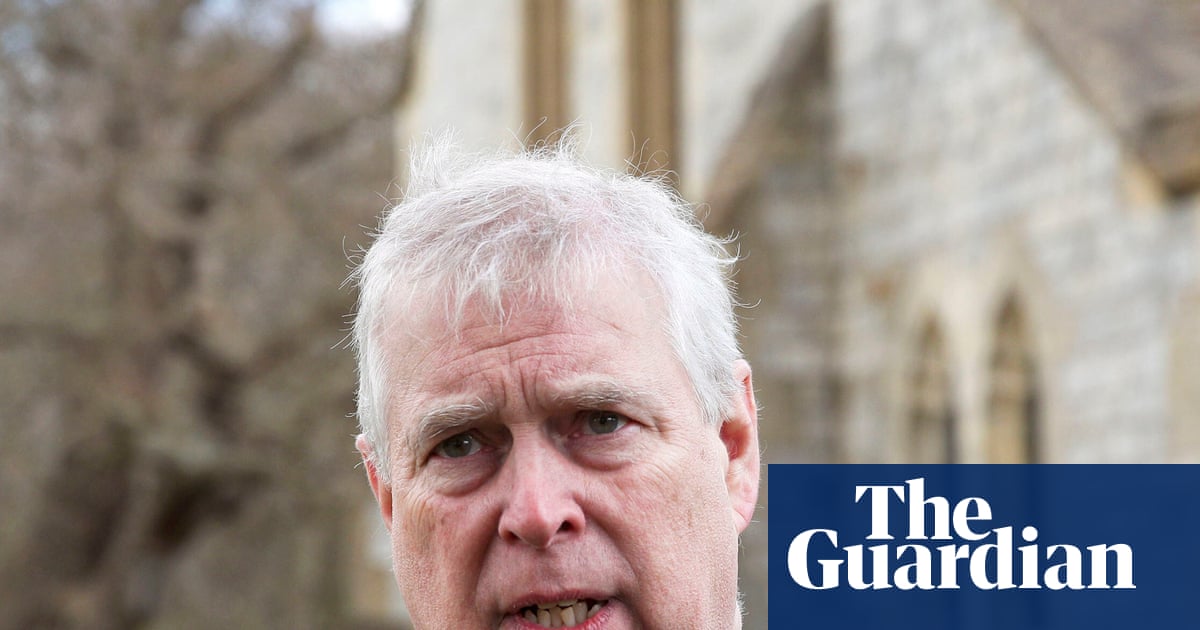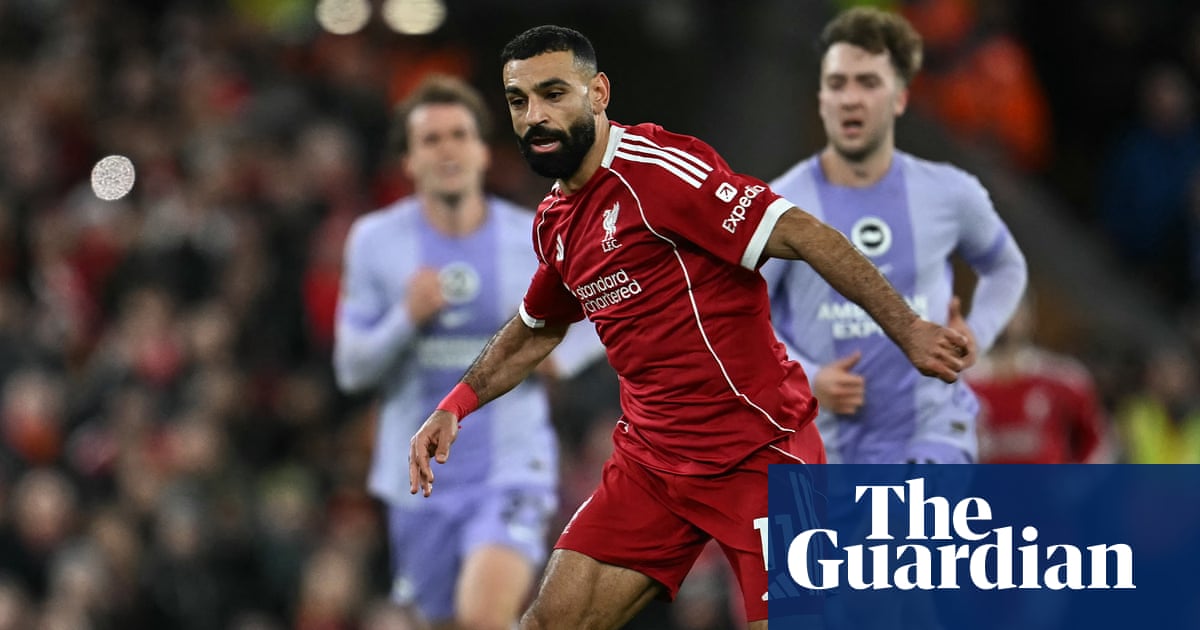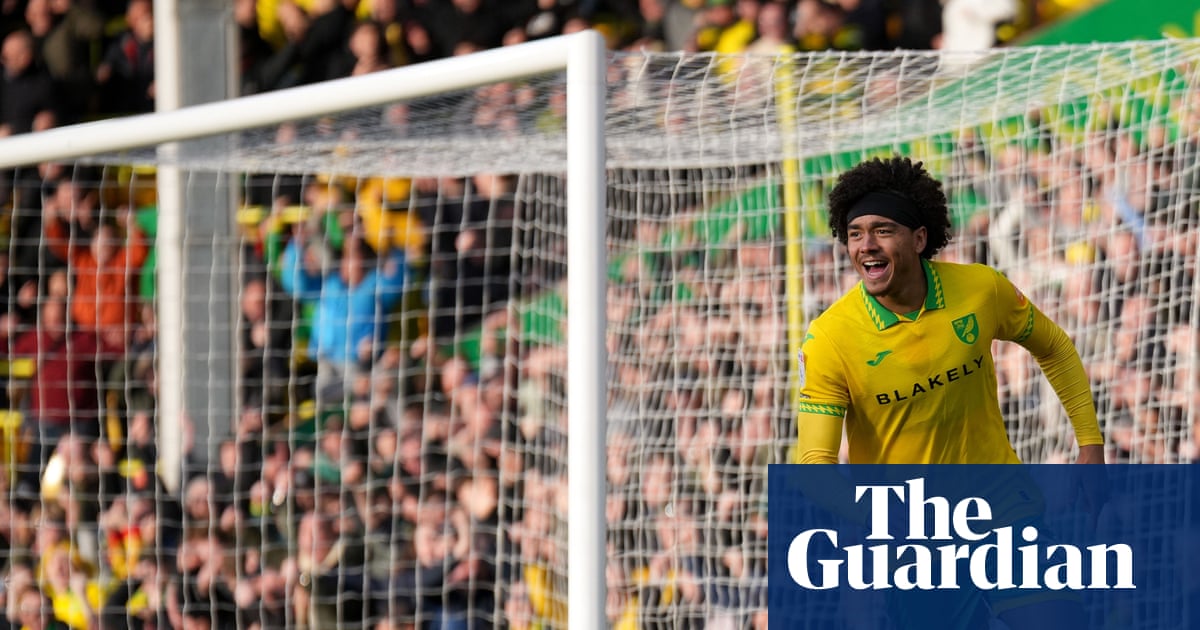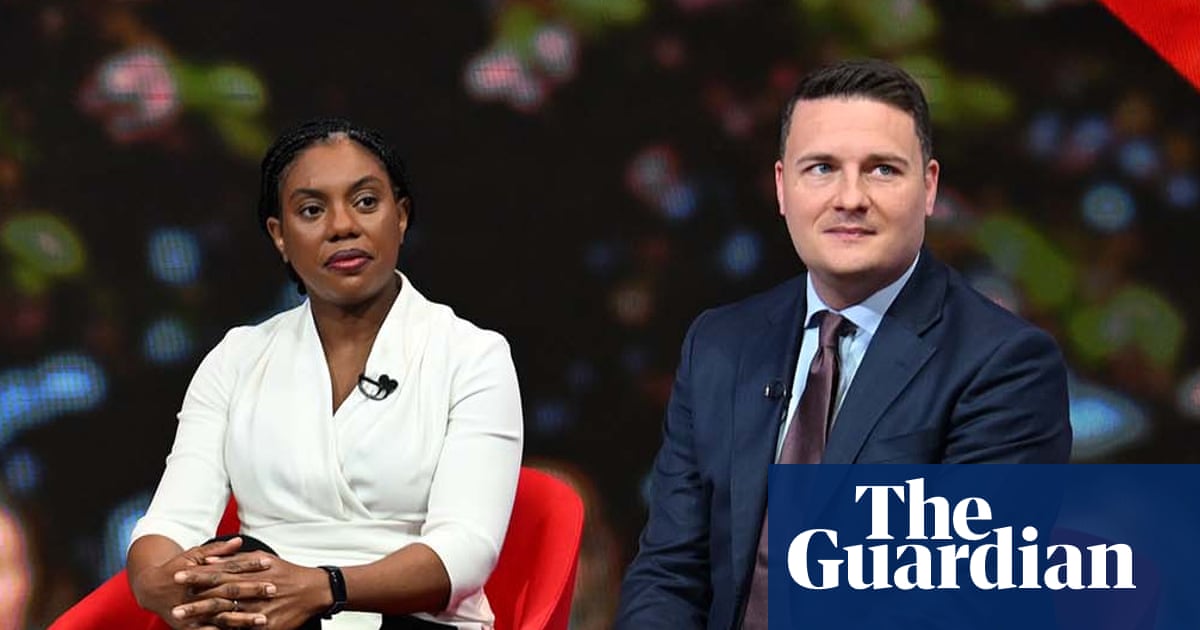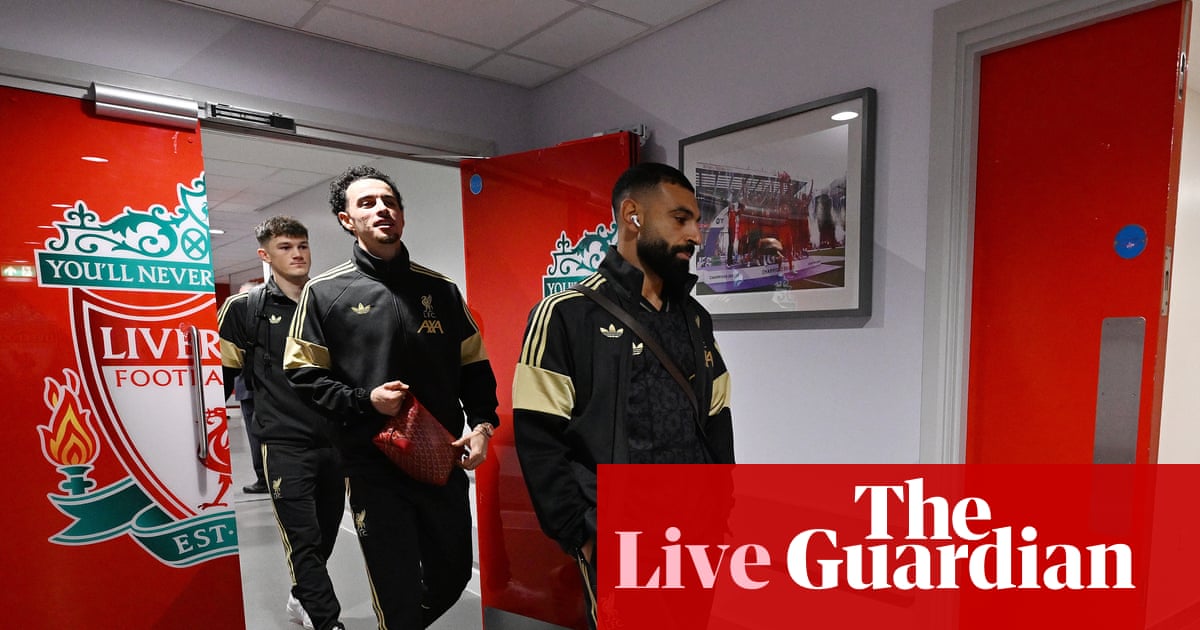Cauley Woodrow, Benik Afobe, Emmanuel Frimpong, Nathan Aké, Matthew Pennington, Nathan Delfouneso, Saido Berahino, Dominic Ball, Connor Wickham, Jérémy Hélan and John Lundstram. What connects these 11 men? Answer: they were registered as under-21 players for Premier League teams at the start of the 2012-13 season. Indeed, they were part of an 836-strong group of under-21 players from the 20 clubs that year.
The 2012-13 season coincided with the end of my PhD study, a piece of research that included a sample of 303 players aged 16-18 from 21 clubs across England’s top four divisions. Over the next decade or so, I have been researching the career trajectories of professional football players, and it has led to profound insights.
These insights explain, step-by-step, how young players, such as the 836 under-21 players from the 2012-13 season, transition into the professional level of the game and maintain a career. Perhaps more importantly, the insights expose the myths that, remarkably, I still encounter in the game in 2025.
The professional contract myth
The 2012-13 season was, coincidentally, the first full season that a strategy called the Elite Player Performance Plan (EPPP) was implemented. The EPPP offered guidance for players as young as eight, and by this point the notion of recruiting boys to a “pre-academy” from five was well established.
Given the dedication, over so many years, of so many people, it is unsurprising that attention focuses on receiving a professional contract at the age of 18. Staff in academies do this too. Players talk of “making it at 18” and academy staff are judged on how many 18-year-old players they deliver of the required standard. However, this causes a problem.
From my sample of 303 scholars, 56% were awarded some form of contract at 18. In Premier League clubs alone, 81% of scholars were awarded a contract, somewhere. Surprised? I was. The awarding of a contract at the age of 18 is something of a false dawn for many, and you can see the underlying reason for this at the start of this article: 836 under-21 players. The academy system builds to a climax when the player is 18, but then what?
The under-21 graveyard
Premier League 2 (PL2) and the Professional Development League (PDL) are leagues in which most under-21 teams attached to professional clubs with Category One or Two academies play. At the time of writing, 29 teams are playing in PL2, and 20 teams are participating in the PDL. Picking some clubs at random, Nottingham Forest have a squad of about 21 players, Queens Park Rangers have 22, Liverpool have nearly 30 to choose from, including five goalkeepers, while Blackburn have a squad of 32. Taking the number of teams (49) and multiplying that by an average squad size of, let’s say, 22, means around 1,078 under-21 players.
The majority of these players are professionals (some may have an extended scholarship). However, this is not perceived as “real football” by coaches and managers. Rather, it is considered a set of development games with nothing particularly important at stake. And there is another problem. Teams may see a future in only one or two of their players, but they need to fulfil fixtures. So what the under-21 league becomes is a graveyard of “facilitator players” plying their trade as professionals, but with little hope at that club. Their contract will end at 21, and the club will release them.

Take control of your future
Released at 21 but with a CV boasting a contract in a Premier League or Championship club. That can appear to be a promising start to a career. In fact, it is quite the opposite. Sitting in an under-21 team, competing almost exclusively against other under-21 teams, is hindering your career. Here is the strategy players and clubs should employ. If a player receives a professional contract at the age of 18, they should spend one season in the under-21 squad, then, unless they are playing regularly for the first team, leave on loan to play when mortgages are on the line.
Players in my study who took advantage of a loan before they reached the age of 21 lengthened their career, on average, by two years. There were 167 players in my study who got a professional contract. These players moved, on average, five times in their first five years, and two of those moves were loans. Notwithstanding the recognition and pride that come with turning up to a state-of-the-art training centre and walking past pictures of successful players who have forged life-changing careers in the game, the name of the game is minutes.
after newsletter promotion
Go on loan and show the world what you can do. Show the world you can play in men’s football. Many clubs will, quite happily, keep most of the 1,000-plus players in their under-21s because they need to fulfil fixtures, but this does not help the player.
There will be anxiety. I work with players who are worried about geographical moves and short-term contracts, but by showing players and clubs this data, they can prepare for it. Life begins at the edge of your comfort zone. An under-21 contract of £2,000 a week is appealing, but if both player and club want the player to progress, spending three seasons playing under-21 football is thoughtless.

The global game
The group of players who populate under-21 squads are, for me, a forgotten group. They register as professionals, but data shows that the first five to eight years of a career (between the ages of 18 and 26) are extremely challenging. To put that into context, of the players who gained professional contacts at 18, over the next eight years 5% stayed at the same level, 5% moved up and 58% moved down the English professional football pyramid. A further 25% left the professional game and 7% moved abroad.
As an antidote to this, I like to prepare players to view the game for what it is: a global one. There are 211 member associations of Fifa, with many of those associations having professional leagues. There is a world of opportunity for receiving payment to play the game you love. This is also the reality. Only 2% of players in my study stayed at the same club between the age of 18 and 28.
Dr Chris Platts and the professional footballer Tobi Sho-Silva are hosting free workshops for parents of academy players

 1 month ago
42
1 month ago
42

